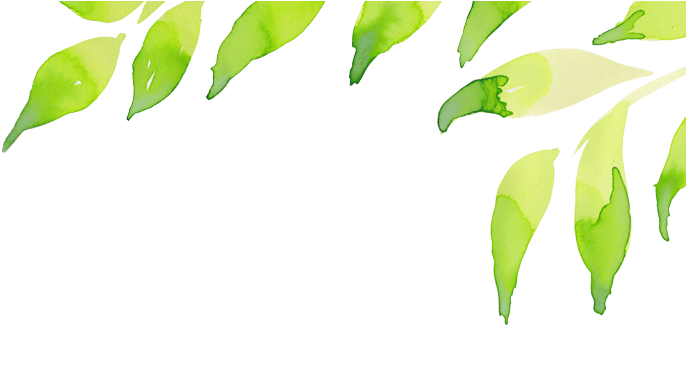
Hello Vincent Tosca Families!
La primavera ha comenzado! He decidido compartir una publicación sobre cómo podemos aprender sobre las cosas que crecen en primavera. He enumerado algunas actividades a continuación que espero ayuden a su hijo a aprender sobre la primavera.
Spring has started! I've decided to share a post about how we can learn about things that grow in spring. I have listed some activities below that I hope will help your child learn about spring.

Estas son palabras de vocabulario usadas durante la primavera.
These are vocabulary words used during spring time.

La primera actividad alienta a su hijo a buscar cosas en la naturaleza, durante su caminata diaria, y colocarlas en un cartón de huevos con su etiqueta correcta en inglés. Para esta actividad, necesitará un cartón de huevos, papel y crayones vacíos. Dependiendo de qué tan grande sea su cartón de huevos, su hijo debe elegir entre 6 o 12 de las siguientes palabras de vocabulario.
The first activity encourages your child to look for things in nature - during their daily walk - and place them in an egg carton with their correct English label. For this activity - you will need an empty egg carton, paper and crayons. Depending on how large your egg carton is, your child should choose either 6 or 12 of the following vocabulary words.
rock, flower, pine cone, fern, nut, dirt, stick, grass, bark, seed, leaf, shell
roca, flor, piña, helecho, nuez, suciedad, palo, hierba, corteza, semilla, hoja, cáscara

Su hijo debe crear una etiqueta para su cartón de huevos que coincida con los espacios interiores. Una vez que el niño ha completado la etiqueta, pueden salir y recoger los artículos de primavera que han elegido. Deben practicar decir las palabras en inglés y disfrutar de su tiempo al aire libre.
Your child should create a label for their egg carton that matches the spaces inside. Once the child has completed the label, they can go outside and collect the spring items they've chosen. They should practice saying the words in English and enjoy their time outside.

La segunda actividad le enseña a su hijo a cultivar vegetales usando las sobras. Daré dos ejemplos de cómo cultivar cebollas con una taza de agua, palitos de madera (pueden ser picaduras de dientes o cualquier cosa que tenga disponible) y cebollas.
The second activity teaches your child how to grow vegetables using leftovers. I will give two examples of how to grow onions using a cup of water, wooden sticks (this can be tooth picks or anything you have available) and onions.
La primera opción usa una cebolla entera para producir brotes que se pueden usar para cocinar. Su hijo debe colocar 3 o 4 palos de madera en el costado de la cebolla (con su ayuda) y llenar un vaso de agua.
The first option uses a whole onion to produce sprouts that can be used for cooking. Your child should place 3 or 4 wooden sticks in the side of the onion (with your help) and fill up a glass of water.


Su hijo debe poner la cebolla sobre el vaso de agua, permitiendo que las raíces o el fondo de la cebolla toquen el agua. Coloque el vaso de agua con su cebolla en una ventana que reciba luz solar y observe cómo crece su cebolla. Después de aproximadamente una semana de crecimiento, su hijo puede cortar las cebollas frescas de la parte superior para cocinarlas.
Your child should put the onion over the glass of water, allowing the roots or bottom of the onion to touch the water. Put the glass of water with your onion in a window that gets sunlight and watch your onion grow. After about a week of growing, your child can cut the fresh onions from the top for cooking.

Para la segunda opción, su hijo puede usar cebolletas para cultivar tallos frescos para cocinar. Esta opción le permite comer las cebollas casi por completo y usar los extremos para volver a crecer.

Una vez que hayas cortado los tallos, coloca las raíces en una taza de agua. Asegúrate de que el agua cubra las raíces por completo. Coloca el vaso en una ventana soleada y observa cómo crecen tus cebollas. Es posible que desee cambiar el agua después de 3 días, ya que puede ensuciarse. Una vez que tus cebollas hayan crecido de 6 a 8 pulgadas, puedes comer los tallos o replantarlos en una olla.
Once you've cut the stems off, place the roots in a cup of water. Make sure the water covers the roots entirely. Place the glass in a sunny window and watch your onions grow. You may want to change the water after 3 days as it may get dirty. Once your onions have grown 6-8 inches, you can eat the stems or replant them in a pot.




Espero que todos estén disfrutando del hermoso clima y estén entusiasmados con la primavera.
I hope everyone is enjoying the beautiful weather and excited about spring.



Comments
Post a Comment